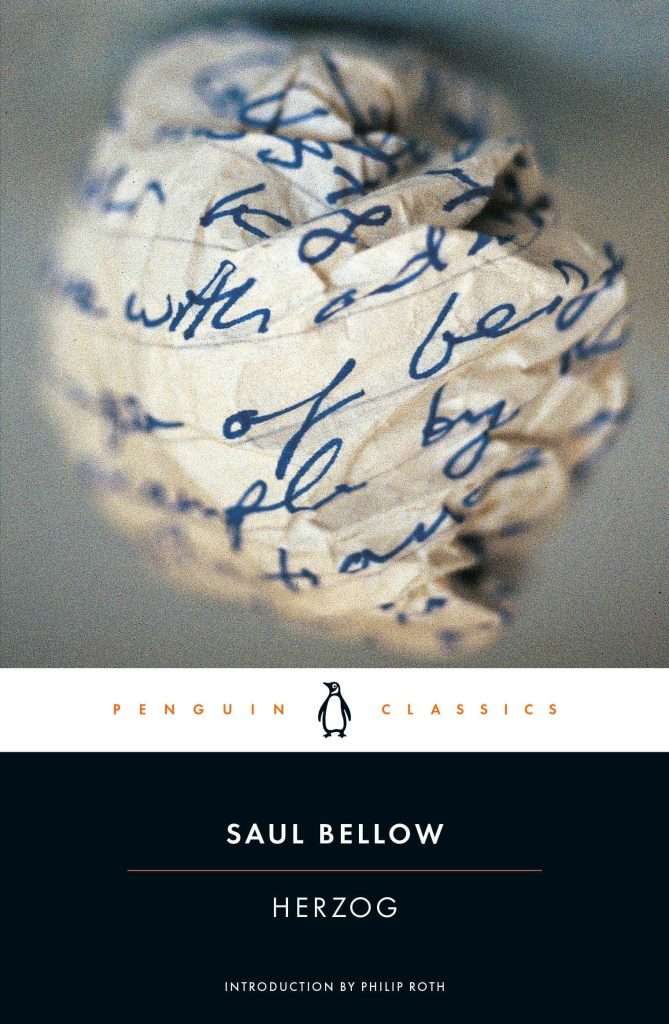Ismail Kadare
#country:
#awards won:
"The Centaur is a modern retelling of the legend of Chiron, the noblest and wisest of the centaurs, who, painfully wounded yet unable to die, gave up his immortality on behalf of Prometheus."
A novel that is as beautiful as it is complex, is John Updike‘s The Centaur. Set in a small town in Pennsylvania, the book follows the story of a high school teacher, George Caldwell, and his son, Peter, as they navigate the complexities of their relationship and the challenges of adolescence. The novel is partly autobiographical and partly fictional, as Updike drew from his own experiences growing up in a small town in Pennsylvania.
The novel is divided into two parts, with the first part being a retelling of the Greek myth of Chiron, the centaur who was both man and horse. The second part of the book explores the struggles of George and Peter, as they try to find their place in the world and connect with each other.
What makes “The Centaur” such a compelling read is Updike’s ability to blend the mythical and the mundane seamlessly, through the modern retelling of the legend of Chiron, the noblest and wisest of the centaurs, who, painfully wounded yet unable to die, gave up his immortality on behalf of Prometheus. In the retelling, Olympus becomes small-town Olinger High School; Chiron is the science teacher there; and Prometheus is his fifteen-year-old son, Peter. Chiron is portrayed as a wise and knowledgeable mentor to the young Peter, who is struggling to come to terms with his own identity and place in the world. Chiron teaches Peter about Greek mythology and philosophy and helps him to understand the complexities of the human experience. Chiron is also a flawed figure, much like George Caldwell’s own father. He is physically crippled, and his teachings are often cryptic and difficult for Peter to understand. At times, he is also distant and aloof, leaving Peter to navigate the world on his own. Through the character of Chiron, Updike explores the themes of fatherhood and mentorship, suggesting that the role of a father or mentor is to guide and support the younger generation, but that this role is often complicated by the complexities and flaws of human nature.
And thus brilliantly conflating the author’s remembered past with tales from Greek mythology, Updike translates Chiron’s agonized search for relief into the incidents and accidents of three winter days spent in rural Pennsylvania in 1947 and we come to realize that the Chiron is a symbolic figure, representing both the ancient mythological archetype of the wise mentor and the complex and often flawed figure of the father or mentor in real life. Through this character, Updike is able to explore the bond between father and son. Updike’s portrayal of George and Peter’s relationship is both honest and moving, capturing the unique mix of love, frustration, and disappointment that often characterizes these types of relationships. The book is rich with symbolism, with the centaur serving as a powerful symbol for the duality of human nature and the struggle to reconcile our animal instincts with our more civilized impulses. Ultimately, The Centaur is a poignant and complex exploration of the human experience, combining elements of mythology and everyday life to create a deeply moving portrait of a family in transition.
Filed under:
Join our email newsletter
Get all the new posts delivered directly to your inbox. Unsubscribe anytime.
#further suggested reading
Join our email newsletter
Get all the new posts delivered directly to your inbox. Unsubscribe anytime.
#read recent blog posts
#browse books by tags
Join our email newsletter
Get all the new posts delivered directly to your inbox. Unsubscribe anytime.
#top book attributes
#trending titles
#browse by topic
#browse by country
Join our email newsletter
Get all the new posts delivered directly to your inbox. Unsubscribe anytime.












